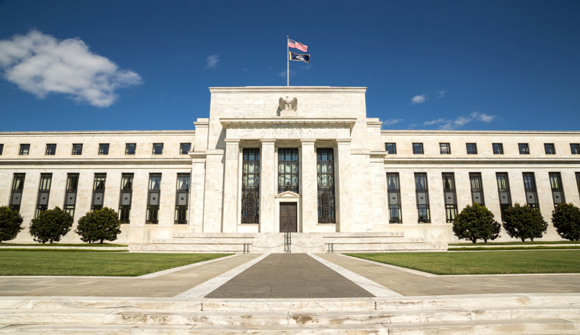
Britain’s central bank is on the cusp of pulling an unprecedented move to stop Brexit destroying the economy … The Bank of England is on the cusp of cutting interest rates to a new historic low again on Thursday in a bid to mitigate an impending economic slowdown caused by a Brexit. -Business Insider
This Business Insider article points out how the Bank of England is getting ready to save the British economy from the upcoming Brexit recession.
Many in the investment industry are positive about the Bank of England’s move to reduce rates from 0.5% to 0.25%. According to a survey in the Financial Times, markets “have already priced in a 75% chance of interest rates being cut from 0.5% to 0.25% this week.“
One analyst, for example, Jonathan Loynes of Capital Economics told the FT: “We think the [Monetary Policy] Committee will recognise the dangers of disappointing market expectations and cut the Bank rate by 0.25%.”
Britain’s interest rates have been at a historic low of 0.5% since March 2009 and before Britain voted to leave the European Union on June 23, the BOE was priming itself to eventually start raising rates again.
Lower rates, as the article points out, are great for people with debts, not for people with savings. Additionally, Carney already stated that the total capital the BoE is ready to inject is an astonishing $324 billion into the financial system.
And it’s not just in Britain. “The Bank of England is also able to provide substantial foreign currency liquidity if needed,” he said.
Carney said at this is all part of the BoE’s determination to “ensure stability. According to the BI article, he said he has “a clear plan” and “we are rapidly putting its main elements in place, and it is working.”
Even though Carney has a “clear plan,” the amount of liquidity in the system climbs ever higher and is continuing to create significant distortions, as Jared Dillian points out in a recent Forbes article.
After Friday’s market close, people remarked that both the bond market and the stock market were at all time highs. It’s not supposed to work that way.
Now, it is a common misconception that bonds always are negatively correlated with stocks. Actually, over the long term, they have a correlation of zero with stocks.
But they spend most of their time in one of two regimes, either strongly positively correlated or strongly negatively correlated. Over time it works out to be zero.
Yet here we are, with stocks and bonds on the highs. David Zervos, market strategist at Jefferies, commented that “Central banks may finally be taking this too far.”
Dillian’s point – as he asserts – is that there has been too much monetary easing: “I am not the first to say that central banks are addicted to higher asset prices. It’s hard to imagine a scenario where they willingly let the markets deflate.”
He wants to know how to invest when every asset class is in a bubble. But then he answers his own question, pointing out that “Hard assets, like commodities, are not” in bubbles.
Dillian’s article provides us with a good analysis, but neither article says what really ought to be said at this point: The system is not merely bad, it is probably purposefully so.
After more than a century of furious central bank expansion, it is surely impossible to argue about the effects of central banks. They create massive surges of capital and resultant booms and terrible busts.
The people at the very top of these enterprises must know this very well. Maybe others don’t know or fool themselves.
Central banks fix the volume and price of “money.” As central banks are consolidated, massive surges of money have negative impacts around the world.
Anyone simply looking at the history of central banks can determine that they are responsible for much of the world’s deep economic instability.
Since central banks are money monopolies, any facilities attached to them have monopoly like qualities.
That means there is no free market. That’s why Deutsche Bank can assume $30 trillion in derivative bets. That’s why Italy’s entire banking system is about to go bust.
From top to bottom, the system is set up to fail. Around the world, money is issued at a fixed price that has little or nothing to do with its actual value.
The lack of competition between banks and the relationships and the relationships between banks and governments means that the world’s financial system increasingly operates as one organic whole.
When monetary stimulation expands economies, many countries gain newfound “wealth.” And when the stimulation inevitably collapses, these countries suffer together.
The depression builds and expands. This happened in the 1930s. It almost happened in the 1970s. It did happen in 2008 – and the worldwide depression remains with us today.
Monetary expansion, once it has run its course, cannot turn economies around. What must happen is that the system must purge itself. But central banks and crony capitalism stand firmly in the way of any purges.
Eventually, the system simply collapses. And it is difficult to believe at this point that this is not the plan. After all, order out of chaos. When the system does collapse, the survivors will witness a far more globalized system.
Conclusion: It has been eight years since central banks started stimulating in concert around the world and nothing has changed. The world is teetering on a precipice. Carney is wrong about his plan. The era of central banking is probably done. If you are waiting for central bankers to save the day, you will be waiting a long time indeed. And probably you will grow a great deal more impoverished in the meantime. And maybe worse. Take care of yourself please, and your family and other loved ones. The system has not been set up to succeed but to fail.
